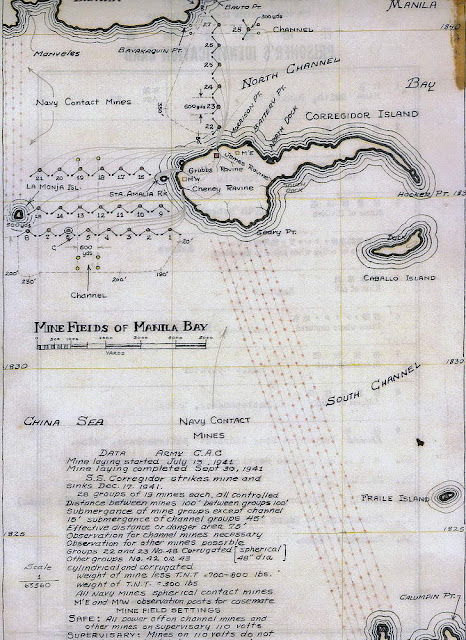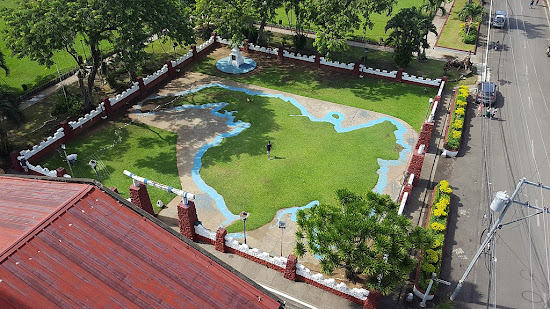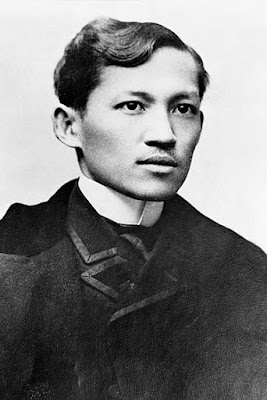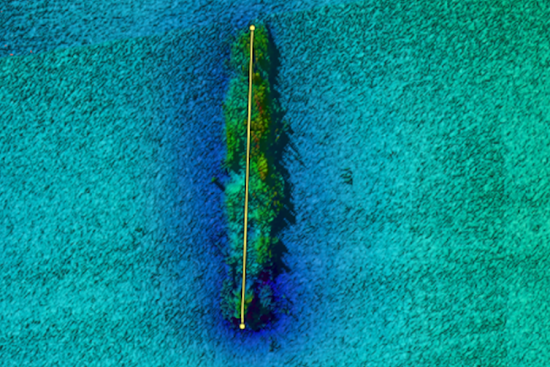Last month, I was instructed to do a briefing about the sinking of SS Corregidor during the Maritime Breakfast Forum. At first, I did not get the connection between this steam ship and the hydrographic office where I work for. However, a little research got me hooked and introduced me to another dark spot of Philippine history.
Steam Ship (SS) Corregidor was originally named as SS Engadine and was owned by the South East and Chatham Railway. It served as a ferry vessel that crossed the English Channel for the Folkestone-Boulogne route.
SS Engadine has a tonnage of 1,676 gross registered tons (GRT), length of 98.5 m, beam (width) of 12.5 m, and draught of 4.2 m. She was launched in 1911.
The United Kingdom Royal Navy leased SS Engadine during the First World War and was used as a seaplane tender, which is the precursor to the modern aircraft carriers. She first saw action in 1914 during the Cuxhaven Raid, considered as the first military action of aircrafts launched from sea vessels. Another historical tidbit is that SS Engadine launched the aircraft that conducted the first heavier-than-air reconnaissance mission during the Battle of Jutland in 1915.
SS Engadine survived the war and she was returned to her owner, who eventually sold her in 1933 to Compania Maritima, which renamed her as SS Corregidor.
The Sinking of SS Corregidor
SS Corregidor plied the route from the port of Manila to Cebu, Iloilo, and Surigao and vice versa. Her owner touted that she is the fastest ship in the Far East and advertised that she had air-conditioned cabins, excellent cuisine, and a bar. She was skippered by Capt. Apolinar Calvo, who graduated from the prestigious Escuela Nautica de Manila.
On 07 December 1941, Japanese forces attacked the US naval base in Pearl Harbor, Hawaii. Then they started bombing Manila the next day. These events, which marked the beginning of the Second World War in the Philippines, prompted the Philippine Assembly to convene so as to give President Manuel Quezon authority to declare war against Japan. Filipino soldiers also assembled in Manila for the preparations for the war against Japan.
The US military beefed up their fortifications on Corregidor and other islands at the mouth of Manila Bay. The US Army finished laying electrical mines across the channels between Corregidor Island and Bataan, and between Corregidor Island and Monja Island. The US Navy laid their contact mines across the South Channel Entrance to Manila Bay and the channel between Bataan and La Monja. Mines were laid from July to September 1941. Corregidor Island was placed under the Seaward Defense Command, which controlled the Army’s electrical mines. Colonel Paul Bunker acted as the Seaward Defense Commander.
 |
| Map Manila Bay entrance showing the location of mines. (Photo from Peter Parsons) |
Fear got hold of the people living in Manila and many wanted to leave the city. Unfortunately, The enemy bombed Nichols Airbase (now NAIA) thus limiting the number of aircrafts that can use that airstrip. Also, aircrafts flying out of Manila are no longer available.
Many tried leaving Manila by train hoping to go back to their provinces in the Visayas and Mindanao by riding ferry boats in Sorsogon. However, their departure was cancelled when they received reports of the enemy attacking Legazpi, Albay on 12 December 1941.
The refugees’ only option then is to leave Manila by ship and the last ferry ship docked at the Port of Manila is SS Corregidor. There was a mad dash to buy tickets at the Compania Maritima office, located along Muelle de la Industria in Binondo. Powerful people used their influence to get a ticket for themselves, their relatives, and friends. Others just went istokwa and boarded SS Corregidor without ticket.
The official estimate of passengers and crew aboard is 760. However, I read estimates as high as 1,500 passengers. I believe that the number of passengers is higher than official figures simply because it was common practice during that time to fill ships beyond capacity. This is in addition to the fact that people were desperate to leave Manila because of the war.
Among the passengers of SS Corregidor were 5 Americans, 7 Filipino legislators, the defending national basketball champion Iloilo Basketball Selection Team, and hundreds of college students. There were also 150 Filipino soldiers with their supplies and artillery complements.
SS Corregidor left the Port of Manila around 10 PM, which is earlier than schedule. No one knows now why Captain Calvo made the decision to leave early. One speculation is that he feared to be bombed by Japanese warplanes because of the soldiers aboard his vessel. Maybe he feared that Japanese sympathizers (remember the Sakdalista) already tipped the enemy. Another speculation is that Captain Calvo wanted to leave because so many people wanted to board his already overloaded ship.
Whatever the reason, Captain Calvo left Manila without notifying the Army and did not seek clearance to pass through the mined channels around Corregidor Island.
About 1 AM on December 17, SS Corregidor approached the Army’s electrical mines across the North Channel. The gunboat Mindanao spotted SS Corregidor and tried to stop her because she didn’t have clearance to pass through the mined area. SS Corregidor ignored the gunboat and continued her course.
Army observers on Corregidor Island were alarmed that a civilian vessel was approaching armed mines.They notified Colonel Bunker of the situation and requested to put the mines on “Safe” mode. The Seaward Defense Commander said “No” so the mines were all in active mode during the whole ordeal.
Based on the various accounts that I read from the Corregidor ProBoards, SS Corregidor managed to cross the North Channel safely. The tragedy occurred when the ship tried to cross the mines laid along the channel between Corregidor Island and La Monja. There was an explosion on the starboard side and then three minutes later there was another explosion and finally the ship quickly sunk.
Only 260 to 282 passengers of SS Corregidor were rescued by PT boats from Mariveles. Among the dead are Captain Calvo, 2 Filipino legislators, and 1 American. Hundreds of students; who would have been professionals, political leaders, and intellectuals for the Visayas Region; also perished. I think that the death of these youths was the greatest tragedy of this incident.
The incident was not properly investigated due to the War raging throughout the whole archipelago. There was a story which purported that SS Corregidor sunk because of the mines laid by a Japanese submarine in early December 1941. This story was believed by many as “fake news” meant to absolve the US military. It is quite unlikely because no enemy submarine can come close to Corregidor Island just to lay mines. The blame was pinned to both Captain Calvo - because he did not seek clearance to cross the mines - and Colonel Bunker - because he did not authorize the mines to be put on safe mode. Unfortunately, Captain Calvo sunk with the ship while Colonel Bunker died a POW in Japan. None of them lived to tell their tale.
The Finding of SS Corregidor
Based on the plan of Corregidor mines found by Chadhill, the site where SS Corregidor hit the mine is indicated by letter “C” at the channel between La Monja and Corregidor Islands.
Interestingly, on NAMRIA Chart No. 1501 the area where the “C” in the plan is located is marked by a 29-meter deep obstruction, the depth of which was known through wire drag.
The bathymetric data over the area obtained during hydrographic survey in 2011 indicated the presence of a wreck.
 |
| False color bathymetry of SS Corregidor and vicinity (Source: NAMRIA-Hydrography Branch). |
The dimensions of the wreck was measured using a bathymetric data processing software. Here are the results:
1. Length: the wreck has a length of 100 meters, which is near the 98.5 meter actual length of SS Corregidor.
2. Beam width: the wreck has a width of 13 to 15 meters, which is near the 12.5 meter actual beam width of SS Corregidor.
The wreck has a least depth of about 61 meters.
No wreck investigation was done since the purpose of the hydrographic survey is just to update the nautical charts covering Manila Bay. The identity of the wreck will only be known by sending divers or ROVs. However, the location of the wreck compared to the one indicated at the “mine plan” and the similarity of length and width values provided strong evidences that the wreck found during the 2011 hydrographic survey is the ill-fated SS Corregidor.
The site was was investigated by Mr. Neil "Snake" Krumbeck in 2016, according to the Corregidor ProBoards (read the forum posts
here and
here). He dived towards the wreck and also used sidescan sonar. His conclusion is that the obstruction marked on Chart No. 1501, SE of La Monja is indeed the wreck of SS Corregidor.
Way Forward for SS Corregidor Wreck
It is sad to note that we Filipinos do not value our history. Many historical monuments in Manila and other parts of the country had been vandalized. Many heritage houses and historical buildings were demolished and then built over by condominium buildings. If these historical spots on land are not being valued, how much more those relics from the past that are hidden by the sea.
Mr. Krumbeck reported the sorry state of SS Corregidor. He believed that the wreck is being damaged by illegal blast fishing, which he heard first hand while doing the dive. There is also a threat of the wreck being dismantled and its metals sold for scrap.
I visited the Coast Guard Station in Limay, Bataan once and the commander there said that one of their main activity is running after people who steals items and scrap metal from wrecks. It is not surprising then if SS Corregidor is being visited by people who intend to sell its hull and other parts as scrap.
The urgent task that the government must do is to strictly enforce laws against blast fishing and unauthorized ship wreck dismantling in the vicinity of Corregidor Island. The Philippine Coast Guard and local government units can work hand-in-hand for this.
Secondly, the government should enact laws protecting historic wrecks including that of SS Corregidor.
The Philippine government should explore the wreck and obtain as much historical artifacts and memorabilia as possible. The AFP may be at the forefront of this since many of Filipino soldiers are buried in this undersea grave. Political leaders from the Visayas may also be interested with the wreck because many of the victims of this tragedy are the sons and daughters of Visayas provinces. Lastly, the National Museum and the National Historical Commission will be interested in bringing light to this dark spot of our history.
SS Corregidor is an important part of our history and its story is still shrouded in mystery and controversy. I believe that the Philippine government do it’s best to preserve it not only for our sake but also for the sake of the innocent victims of this tragedy.
References:
The Loss of the S.S. Corregidor at the Corregidor ProBoards









